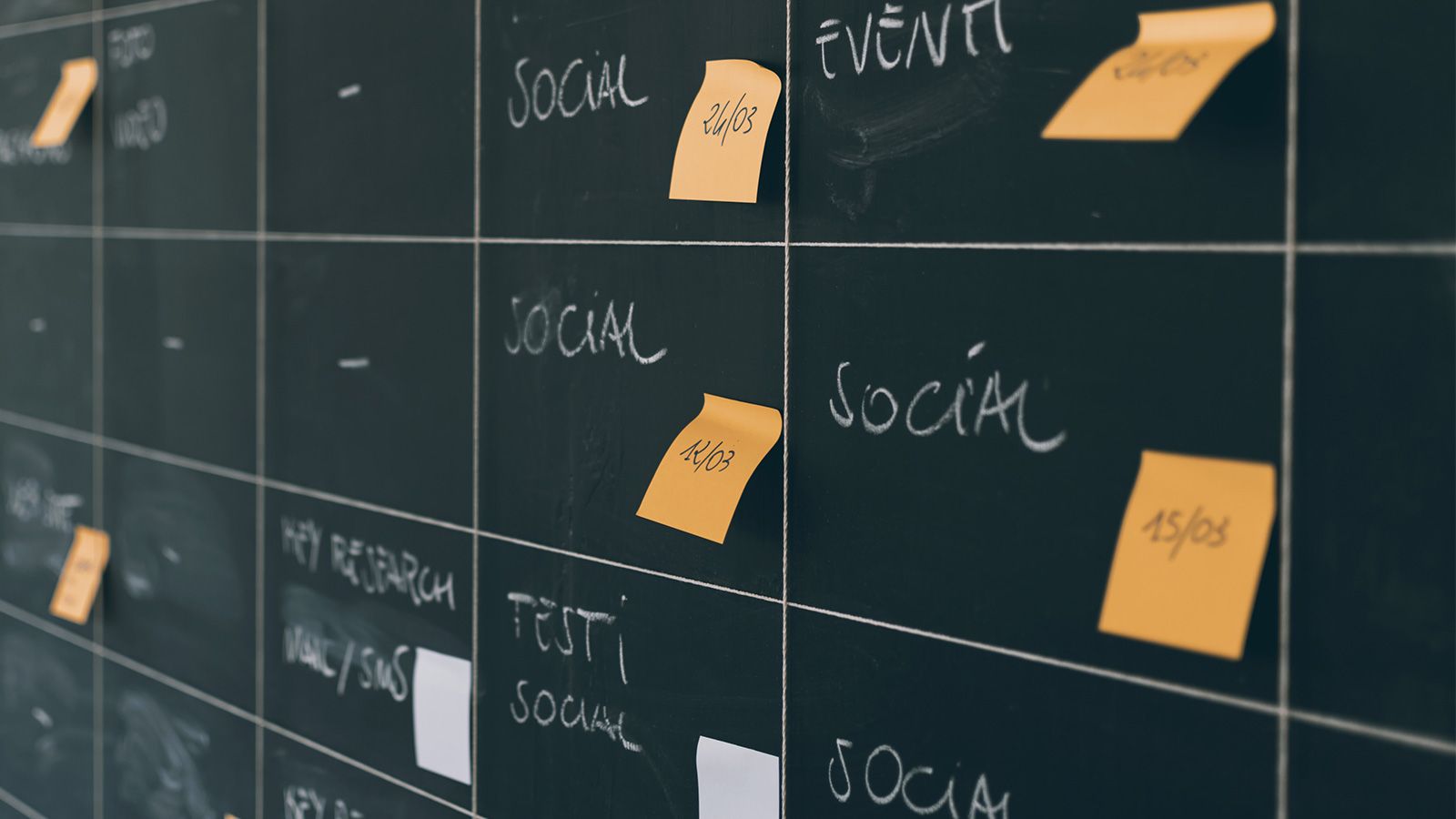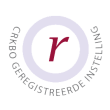A week after Media and Learning conferences …

I took part in two conferences in Brussels about media in education – the SVEA project and the Media and Learning Conference. Or rather: the use of social media in learning processes. As a language teacher I don’t hesitate to use new tools and e-learning environments to enhance my lessons and to help students to improve their English skills. So I was quite curious to know more about the pros and cons of social and new media in classrooms. I took off for the European capital with high expectations. And I came back with answers and new insights about the old and new ways of teaching and learning. But I lost my initial conviction that new and social media are the sum mum of this 21st century schools. Why?
Teacher’s voice and inspiration
Though I love to experiment with new teaching methods and I am a big advocate of innovation in classrooms I also believe that our strongest tools are still our voice and personal input. Did my visit to the conferences in Brussels change my belief? Do new and social media have an added value to learning processes and should I use them daily? Or should we still be very selective and critical? Yep. We should still be very, very critical. Many projects seem to be a one hit wonder and very often the project or initiative is all instigated by one single person or a small group of enthusiastic people, often teachers.
Professional skills?
The other question education professionals, especially managers and directors, should ask themselves is: how does social media improve professional knowledge and skills of pupils? Not only creativity skills; skills how to use social media. An active participant and speaker of the conference, Donald Clark, heard the word ‘creative’ a bit too often and was quite fed up with it. Understandable, because his main question was: will students get a suitable job or profession due to this media in class or is it just a nice CREATIVE and entertaining instrument?
Students’ world
Something I’d already noticed unconsciously the past two to three years and got confirmed during this conference is that young people want to keep their own digital environment as their own world. Don’t use too many of their stuff in the school environment. Just teach and guide and inspire them. In other words, don’t get too close to their personal life, so chatting and socializing via Facebook… ah please don’t.
Weakest link
Another thing I learned myself using digital media in classrooms is that all prior conditions around the project need to work! ALL of them: Internet access, projector, computers, video camera, you need to have a skilled teacher, moderator, helpdesk, no blurry picture on the screen and above all: good audio. Audio is often one of the weakest links in (real time) digital environments. If it’s poor, your audience loses interest instantly. If the picture is blurry it seems more acceptable than poor quality of sound. If the mic doesn’t work properly, the speaker has a squeaky voice or their is background noise, people’s attention span goes down much faster.
So, the 2.5 days in Brussels really helped me to re-focus on e-learning. Use new tools, but stick to them as tools, don’t make them the goal itself. Only use Twitter, Facebook or other means of e-communication if it absolutely adds value to studies and professional skills!


